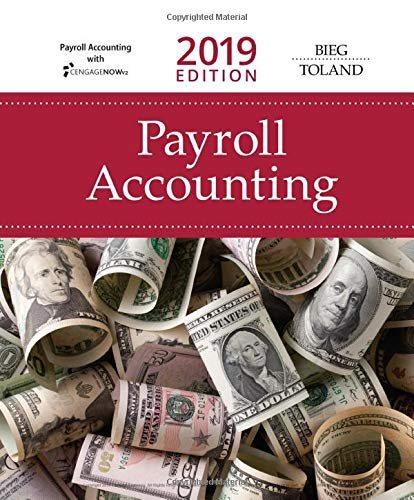
501 finalex X pretutorial (2 x $ formulas.pdf X G pollution level X MInbox (663) MIN cam_2018_solution.pdf 7 / 17 100% + B2. Labor market flows. Suppose the change in unemployment w is given by U1+1 Up = $(1 u) - fut (a) Solve for the steady-state unemployment rate. How do the job finding rate f and the job separation rate s affect the speed of adjustment if there are shocks to unemploy- ment? (2 points) (b) Suppose now that f (0.) = A0}/3. The labor market tightness 04 is defined as 0+ = v1/24 where v is the job vacancy rate. Derive the Beveridge curve. Use a diagram with clear labels to illustrate the Beveridge curve. (2 points) (c) Suppose that firms post vacancies until the vacancy filling rate q0z) satisfies q(Ot)J = C, where g(0.) is the vacancy filling rate, J is the value of a filled position and c is the cost of creating a vacancy. If A=0.3, J = 3, c=0.9, and s = 0.02 per month, solve for the equilibrium labor market tightness 0* Use the diagram that you draw in part (b) to add the job creation curve. Solve for the steady-state unemployrent rate and vacancy rate. (3 points) (d) Suppose now the cost of creating a vacancy rises to e = 1.2. Use the diagram you draw in the previous parts to illustrate how the increase in c affects the Beveridge curve and the job creation curve. Calculate the new equilibrium values of labor market tightness and steady-state unemployment. Give intuition for your answers. (3 points) [Total: 10 marks) (a) The steady state unemployment is where ut = U4+1, 8 == st f The speed of adjustment is given by 1 = 1-s-f. Therefore, a higher s or f leads to a faster speed of adjustment. (b) The Beveridge curve is derived from S 2 = s+ f(@ After a few steps of algebra, we have Dll F5 F6 EZ F9 Eto % A & * 00 5 6 7 8 9 O { Y U 0 501 finalex X pretutorial (2 x $ formulas.pdf X G pollution level X MInbox (663) MIN cam_2018_solution.pdf 7 / 17 100% + B2. Labor market flows. Suppose the change in unemployment w is given by U1+1 Up = $(1 u) - fut (a) Solve for the steady-state unemployment rate. How do the job finding rate f and the job separation rate s affect the speed of adjustment if there are shocks to unemploy- ment? (2 points) (b) Suppose now that f (0.) = A0}/3. The labor market tightness 04 is defined as 0+ = v1/24 where v is the job vacancy rate. Derive the Beveridge curve. Use a diagram with clear labels to illustrate the Beveridge curve. (2 points) (c) Suppose that firms post vacancies until the vacancy filling rate q0z) satisfies q(Ot)J = C, where g(0.) is the vacancy filling rate, J is the value of a filled position and c is the cost of creating a vacancy. If A=0.3, J = 3, c=0.9, and s = 0.02 per month, solve for the equilibrium labor market tightness 0* Use the diagram that you draw in part (b) to add the job creation curve. Solve for the steady-state unemployrent rate and vacancy rate. (3 points) (d) Suppose now the cost of creating a vacancy rises to e = 1.2. Use the diagram you draw in the previous parts to illustrate how the increase in c affects the Beveridge curve and the job creation curve. Calculate the new equilibrium values of labor market tightness and steady-state unemployment. Give intuition for your answers. (3 points) [Total: 10 marks) (a) The steady state unemployment is where ut = U4+1, 8 == st f The speed of adjustment is given by 1 = 1-s-f. Therefore, a higher s or f leads to a faster speed of adjustment. (b) The Beveridge curve is derived from S 2 = s+ f(@ After a few steps of algebra, we have Dll F5 F6 EZ F9 Eto % A & * 00 5 6 7 8 9 O { Y U 0







